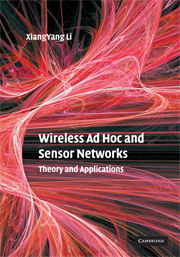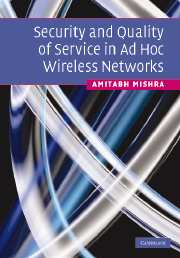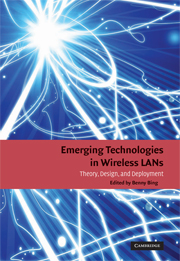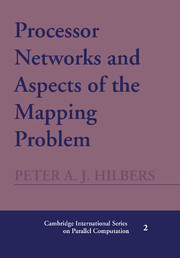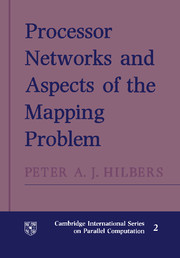Wireless Ad Hoc and Sensor Networks
If you have to understand and optimize the performance of wireless ad hoc and sensor networks, this explanation provides you with the information and insights you need. It delivers an understanding of the underlying problems, and the techniques to develop efficient solutions and maximize network performance. Taking an algorithmic and theoretical approach, Li dissects key layers of a wireless network, from the physical and MAC layers (covering the IEEE 802.11 and 802.16 protocols, and protocols for wireless sensor networks and Bluetooth) through to the network routing layer. In doing so he reviews the practical protocols, formulates problems mathematically, solves them algorithmically and then analyses the performance. Graduate students, researchers and practitioners needing an overview of the various algorithmic, graph theoretical, computational geometric and probabilistic approaches to solving problems in designing these networks will find this an invaluable resource. Additional resources for this title are available online at www.cambridge.org/9780521865234.
- Uses a top-down approach dissecting through key layers in a wireless network
- Covers wireless ad hoc and sensor networks from practical design to mathematical formulation to algorithmic solutions
- Provides insights and develops understanding that can be applied to future research
Product details
No date availableHardback
9780521865234
616 pages
260 × 182 × 32 mm
1.2kg
7 tables 176 exercises
Table of Contents
- Part I. Introduction:
- 1. History of wireless networks
- 2. Wireless transmission fundamentals
- Part II. Wireless MACs:
- 3. Wireless medium access control protocols
- 4. TDMA channel assignment
- 5. Spectrum channel assignment
- 6. CDMA code channel assignment
- Part III. Topology Control and Clustering:
- 7. Clustering and network backbone
- 8. Weighted network backbone
- 9. Topology control with flat structures
- 10. Power assignment
- 11. Critical transmission ranges for connectivity
- 12. Other transition phenomena
- Part IV. Wireless Network Routing Protocols:
- 13. Energy efficient unicast routing
- 14. Energy efficient broadcast/multicast routing
- 15. Routing with selfish terminals
- 16. Joint routing, channel assignment and link scheduling
- Part V. Other Issues:
- 17. Localization and location tracking
- 18. Performance limitations of random wireless ad hoc networks
- 19. Security of wireless ad hoc networks.

